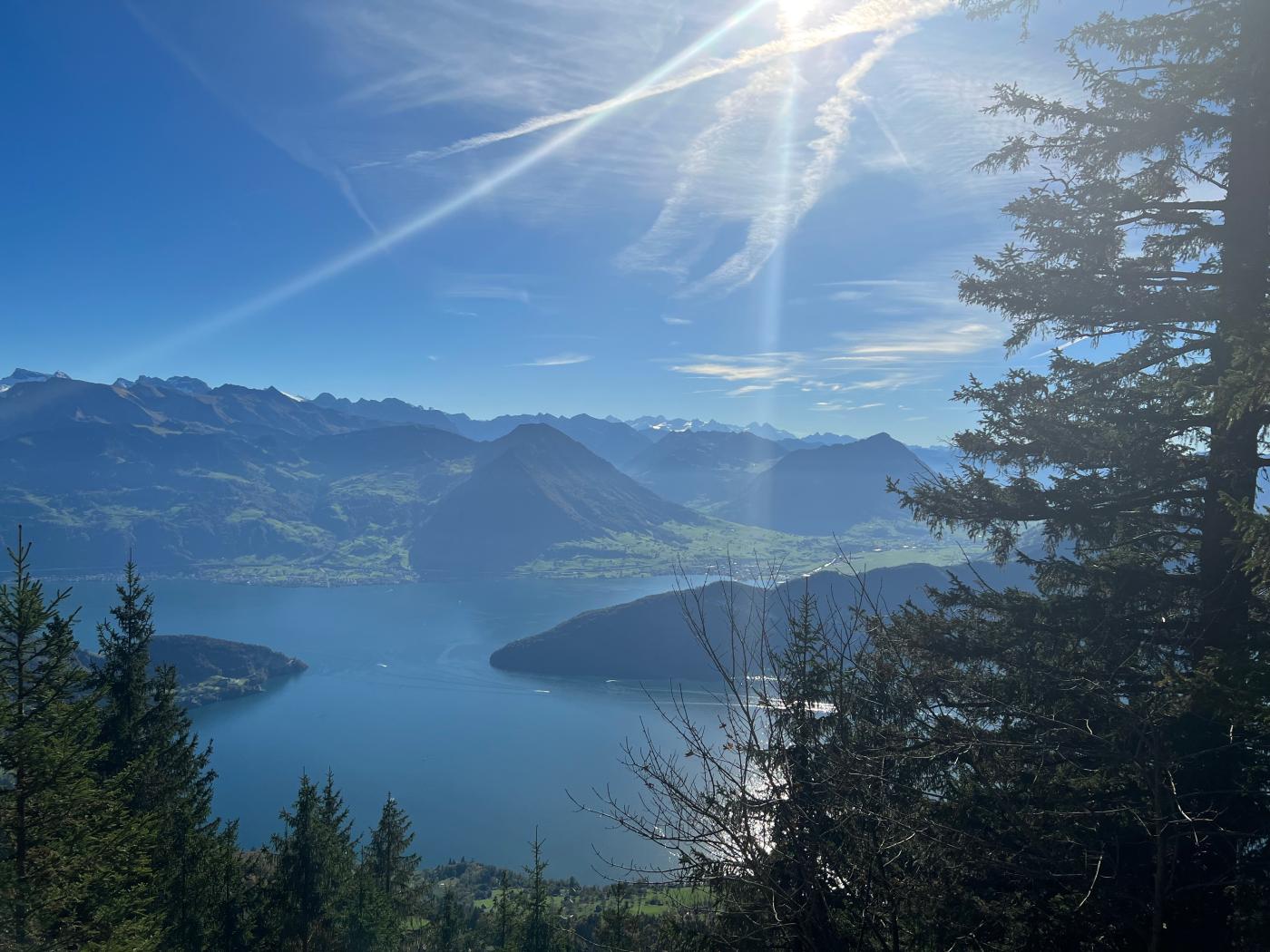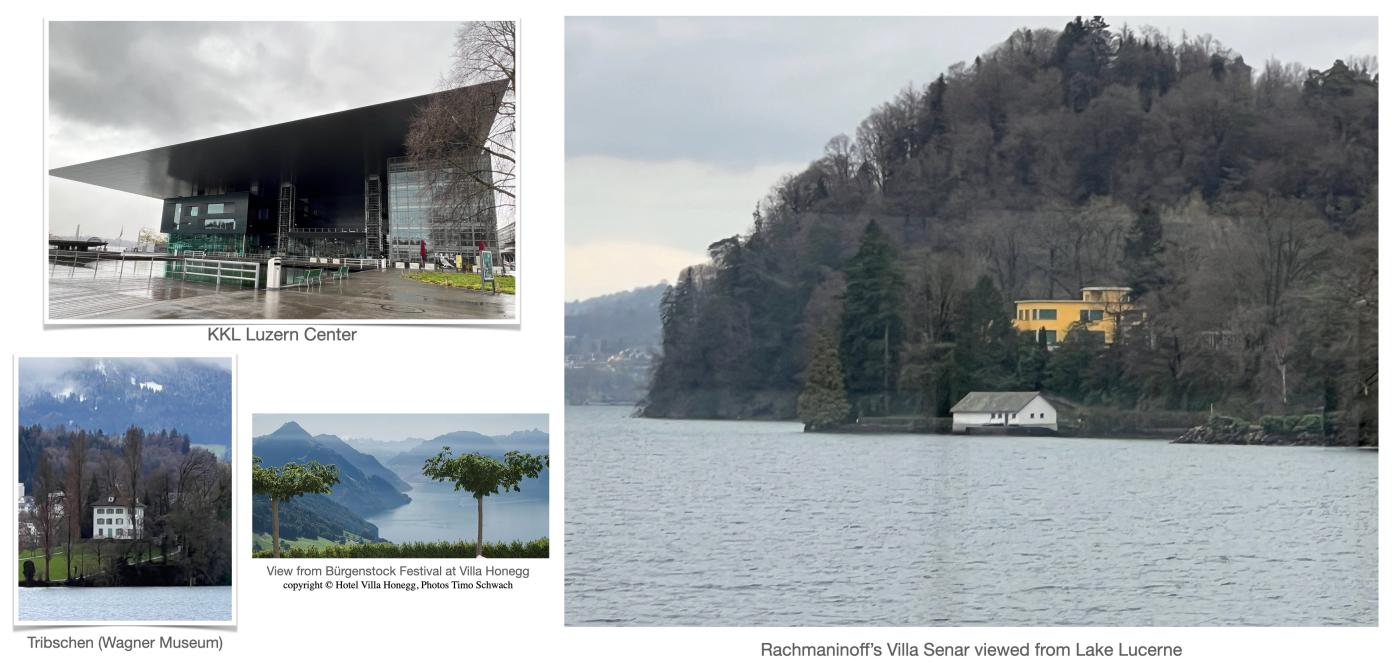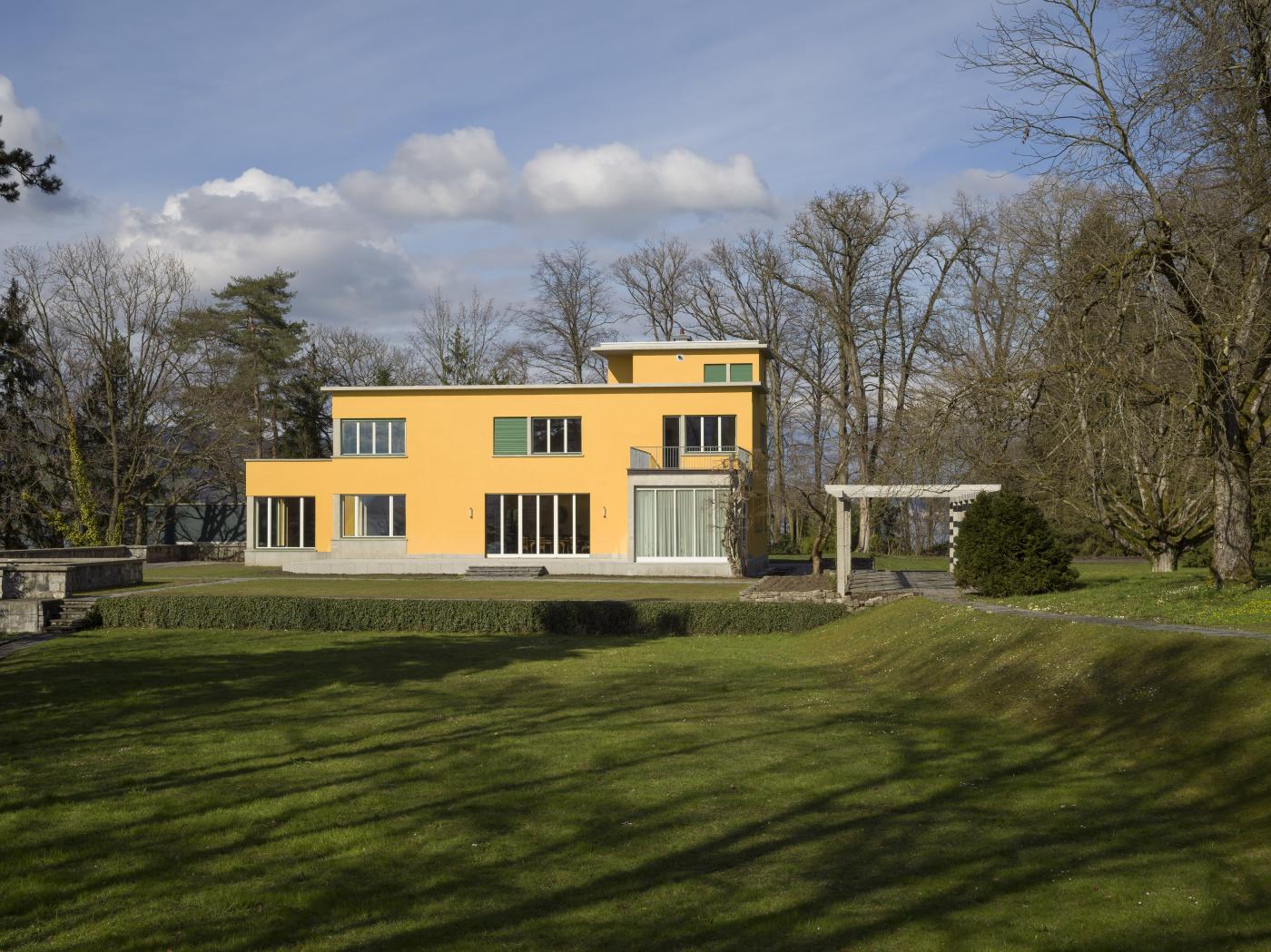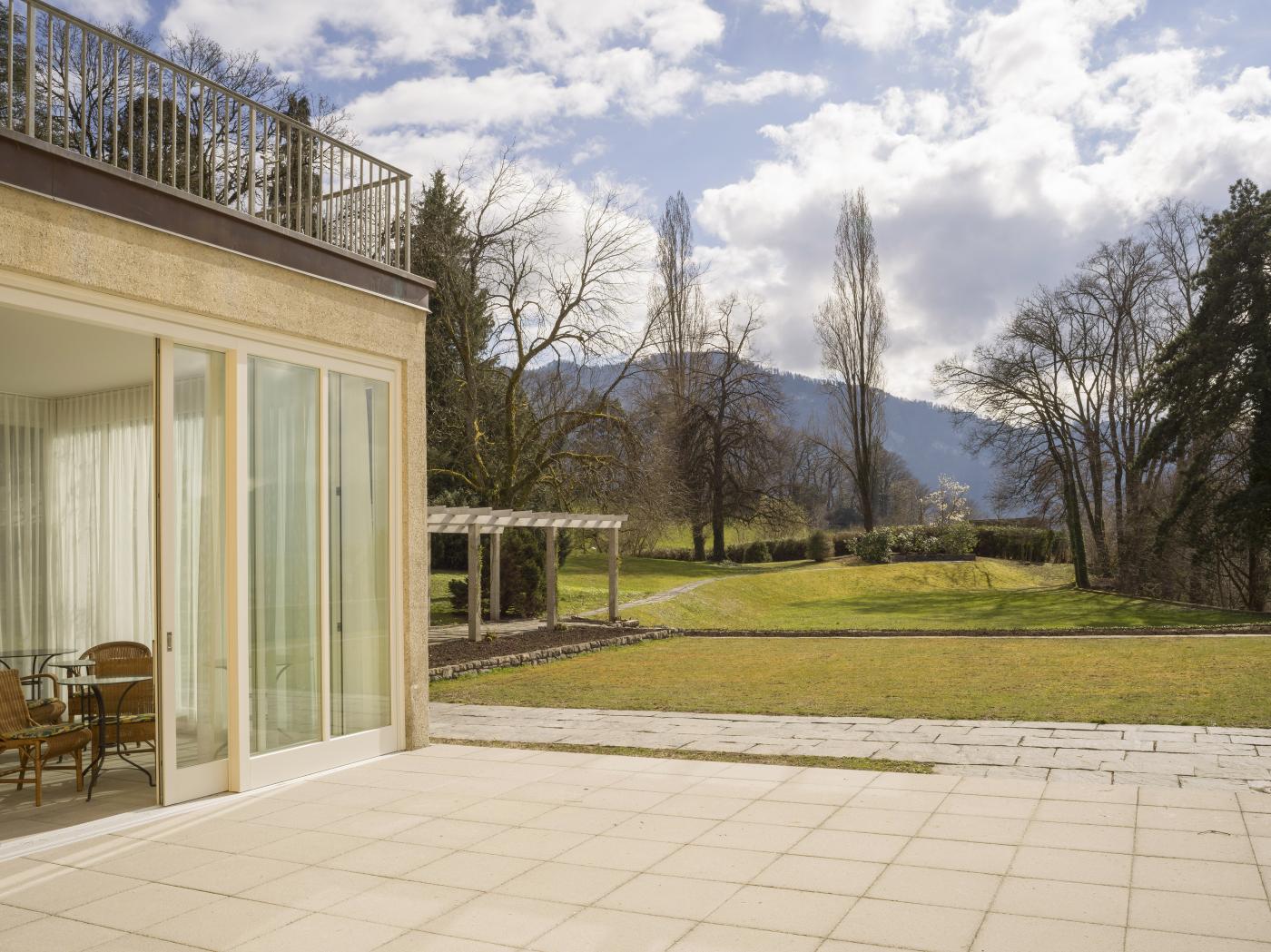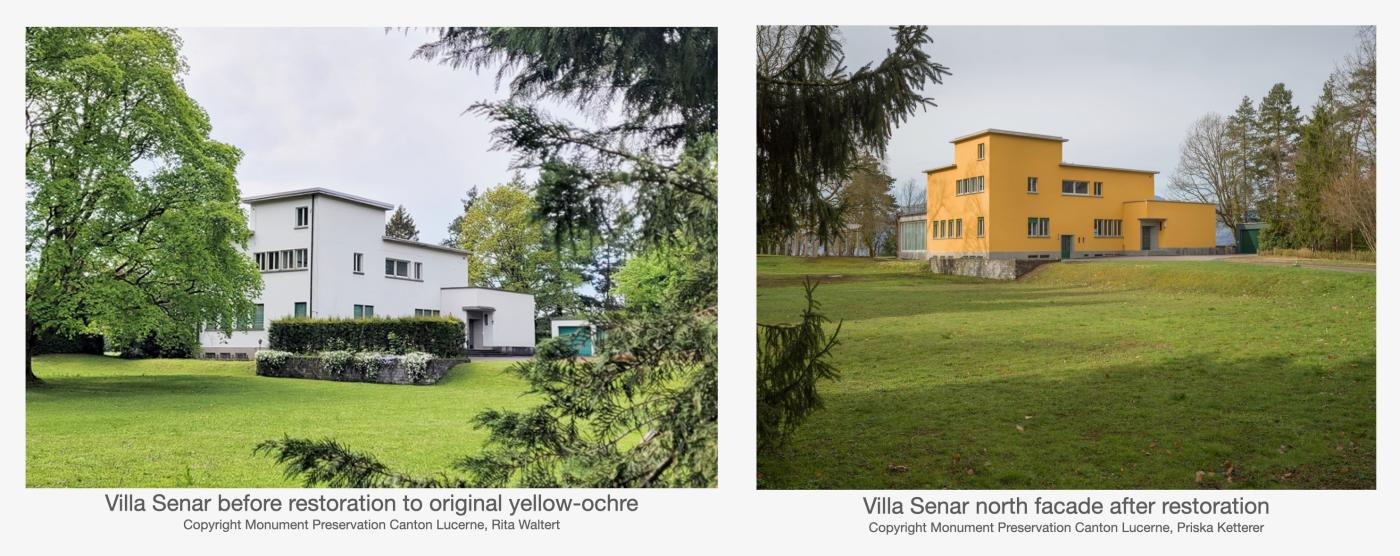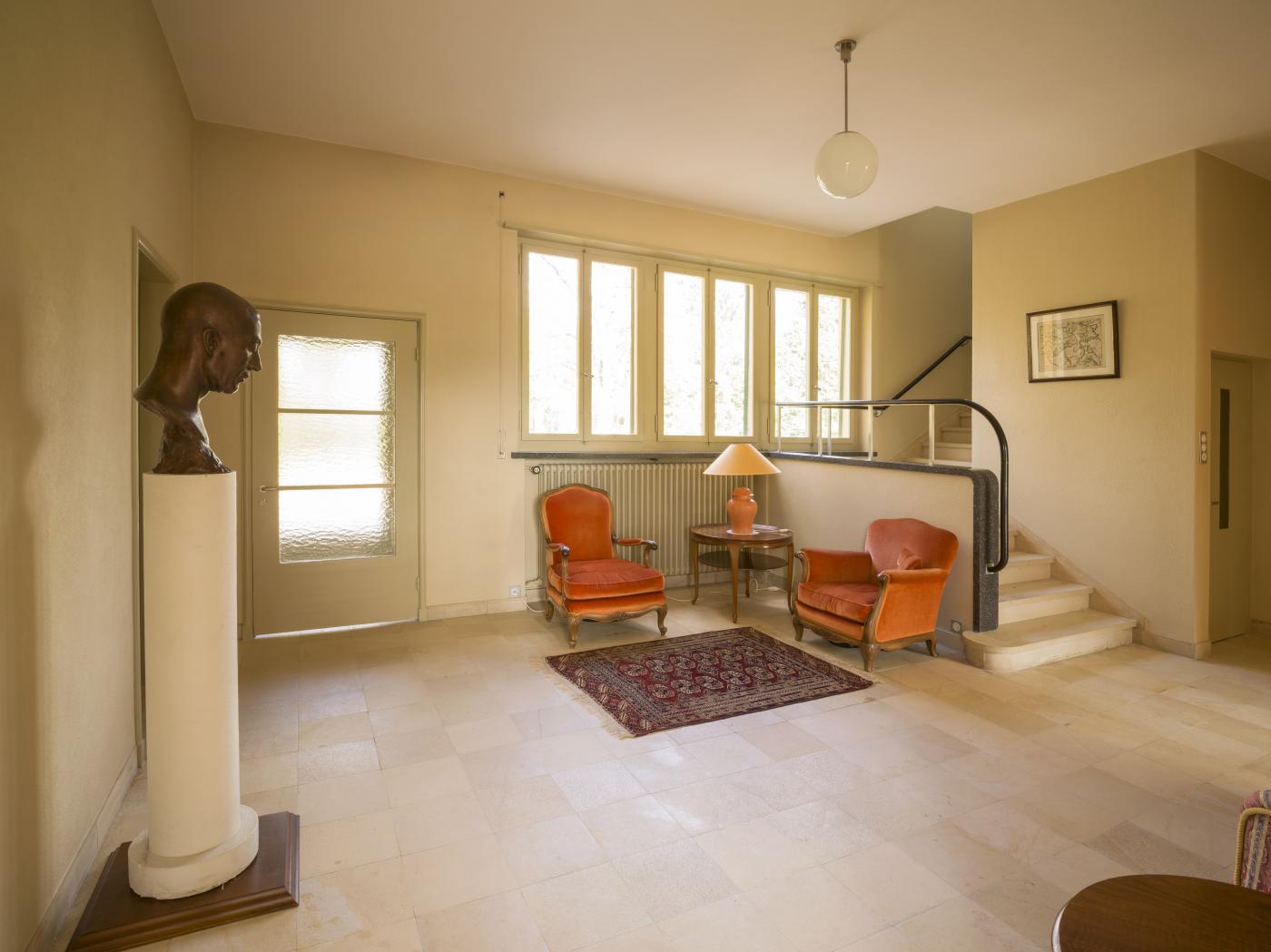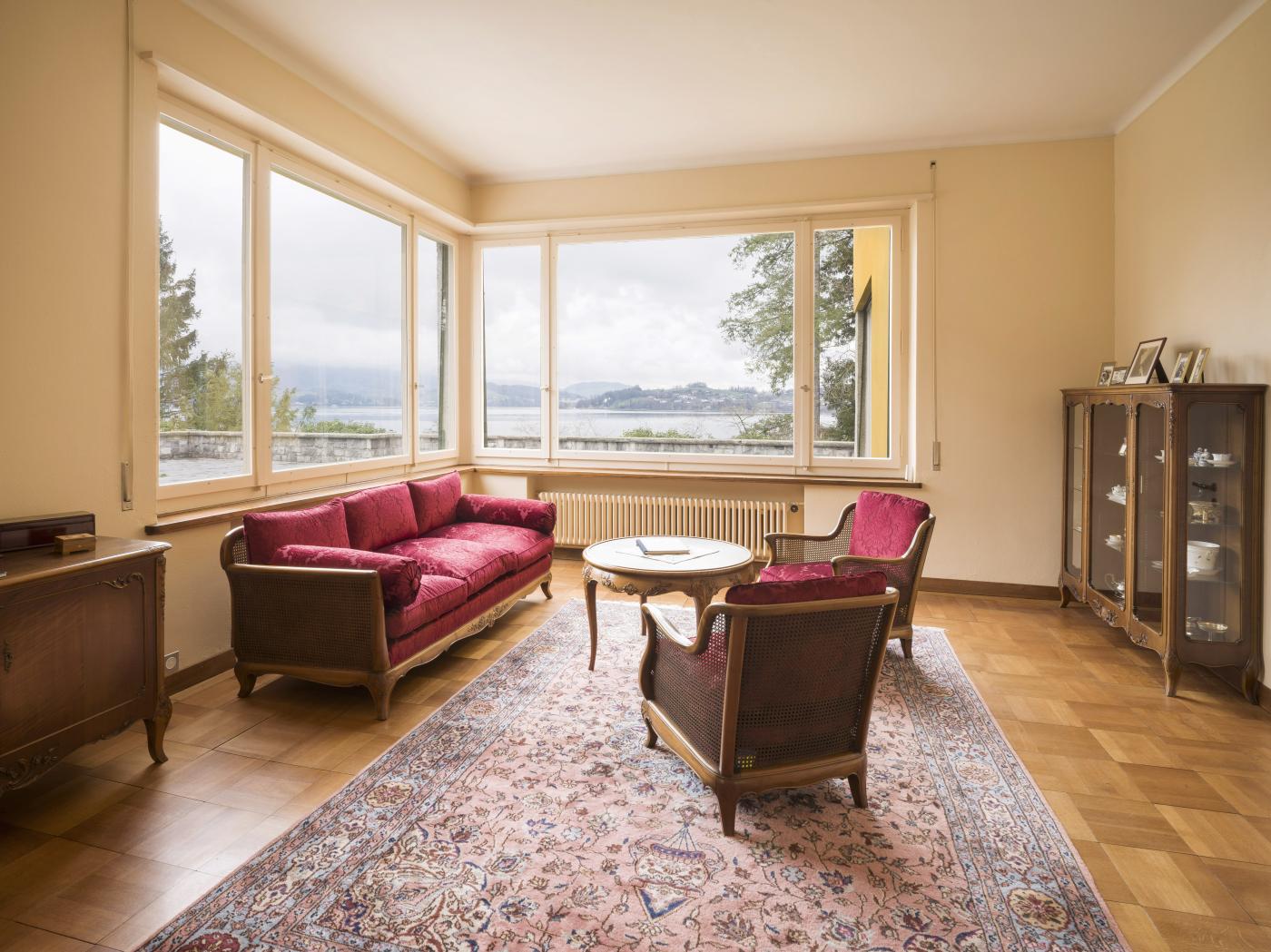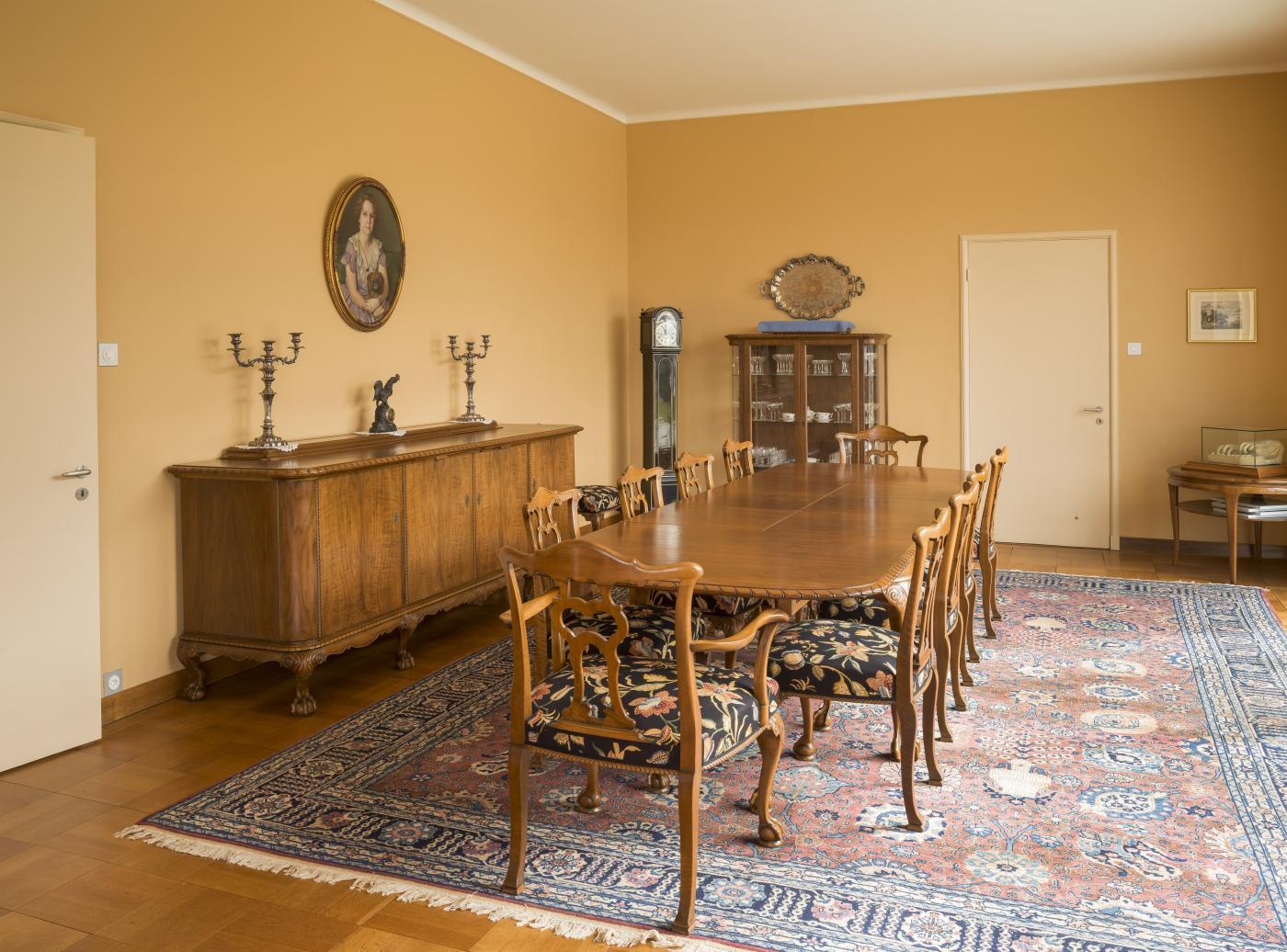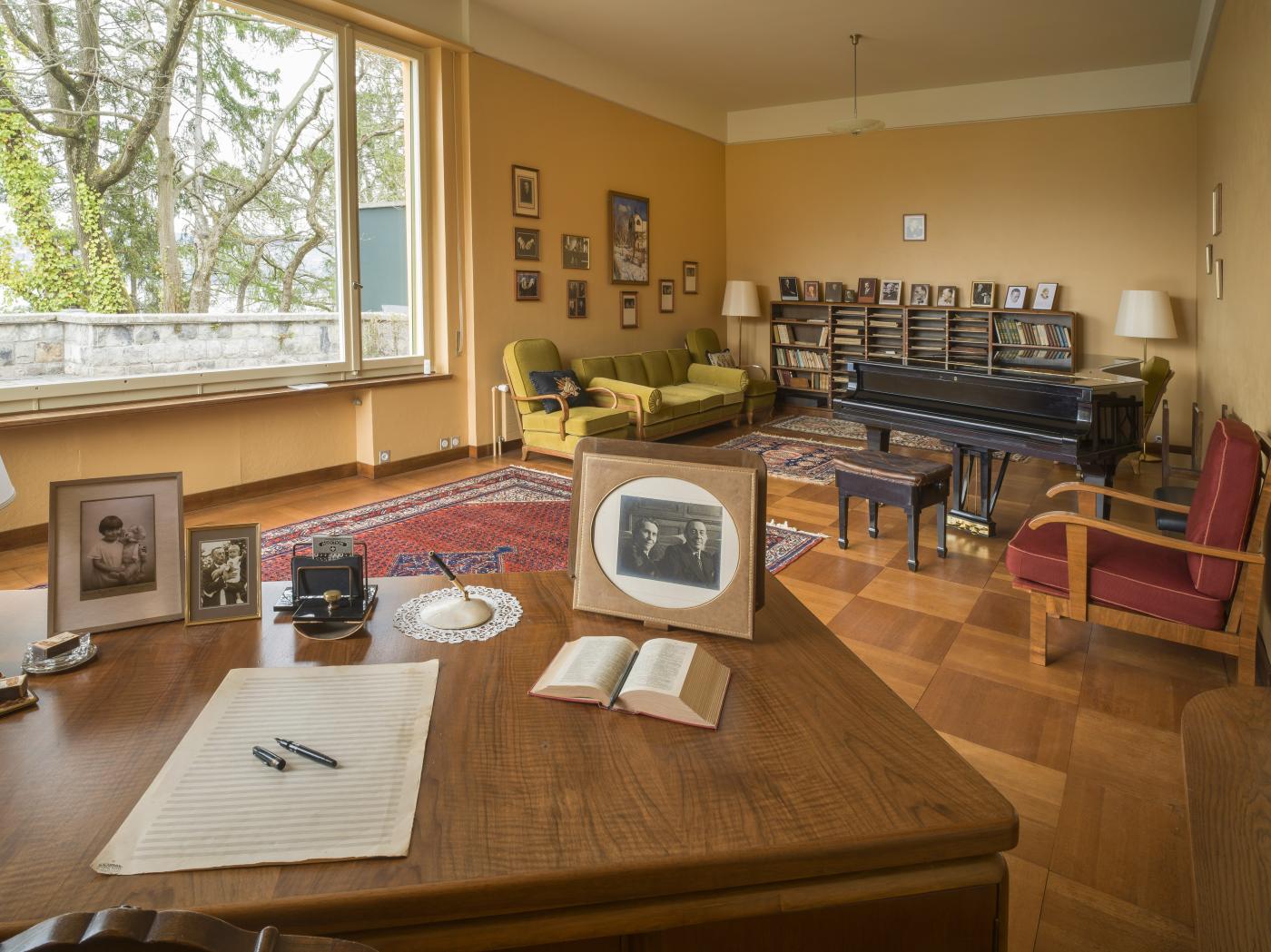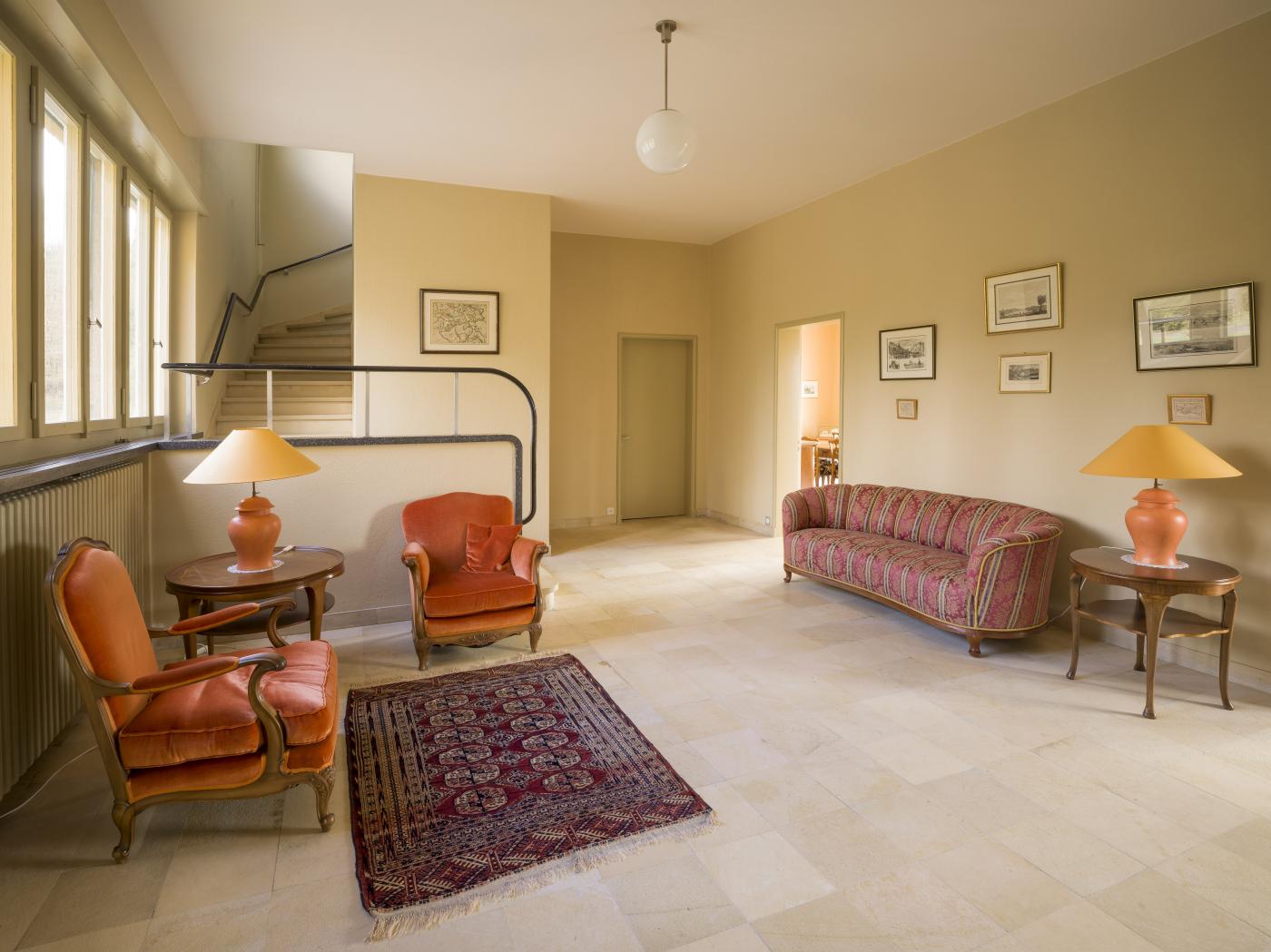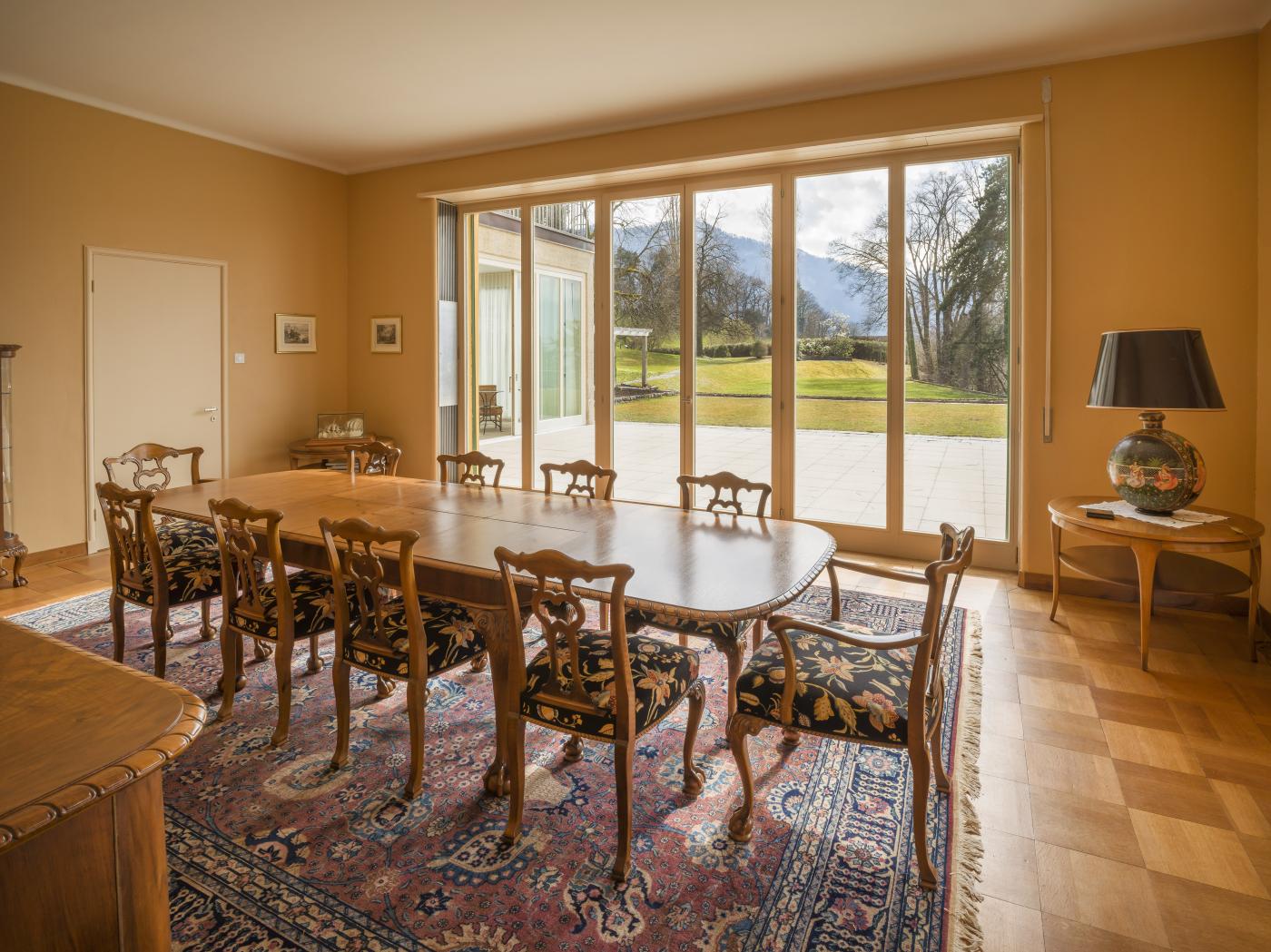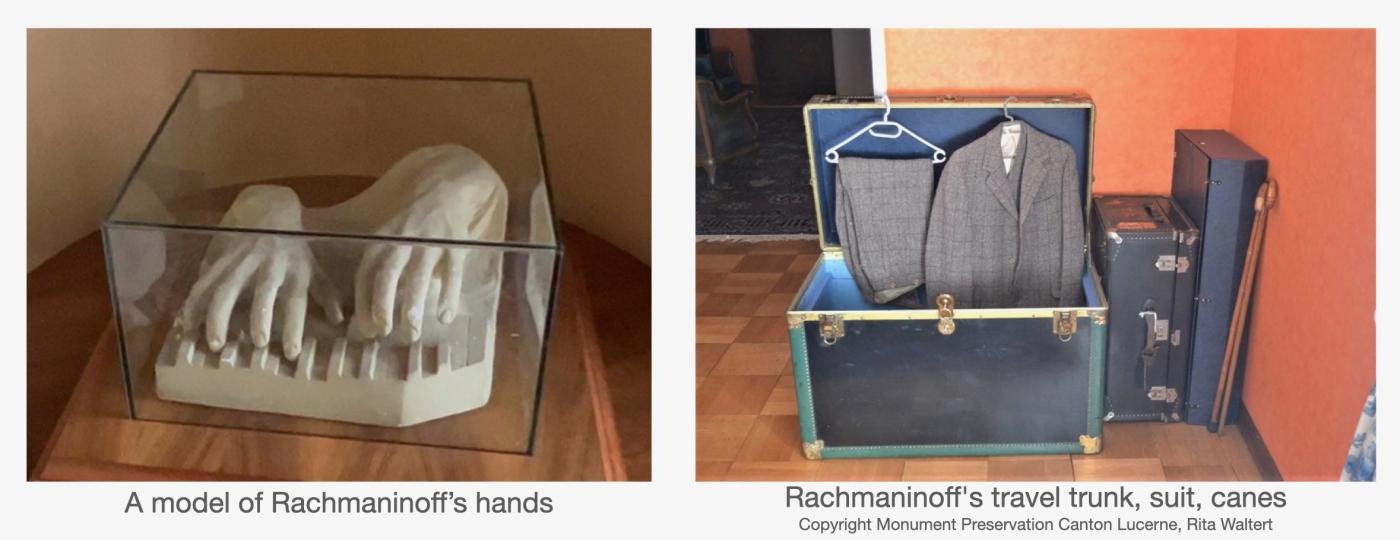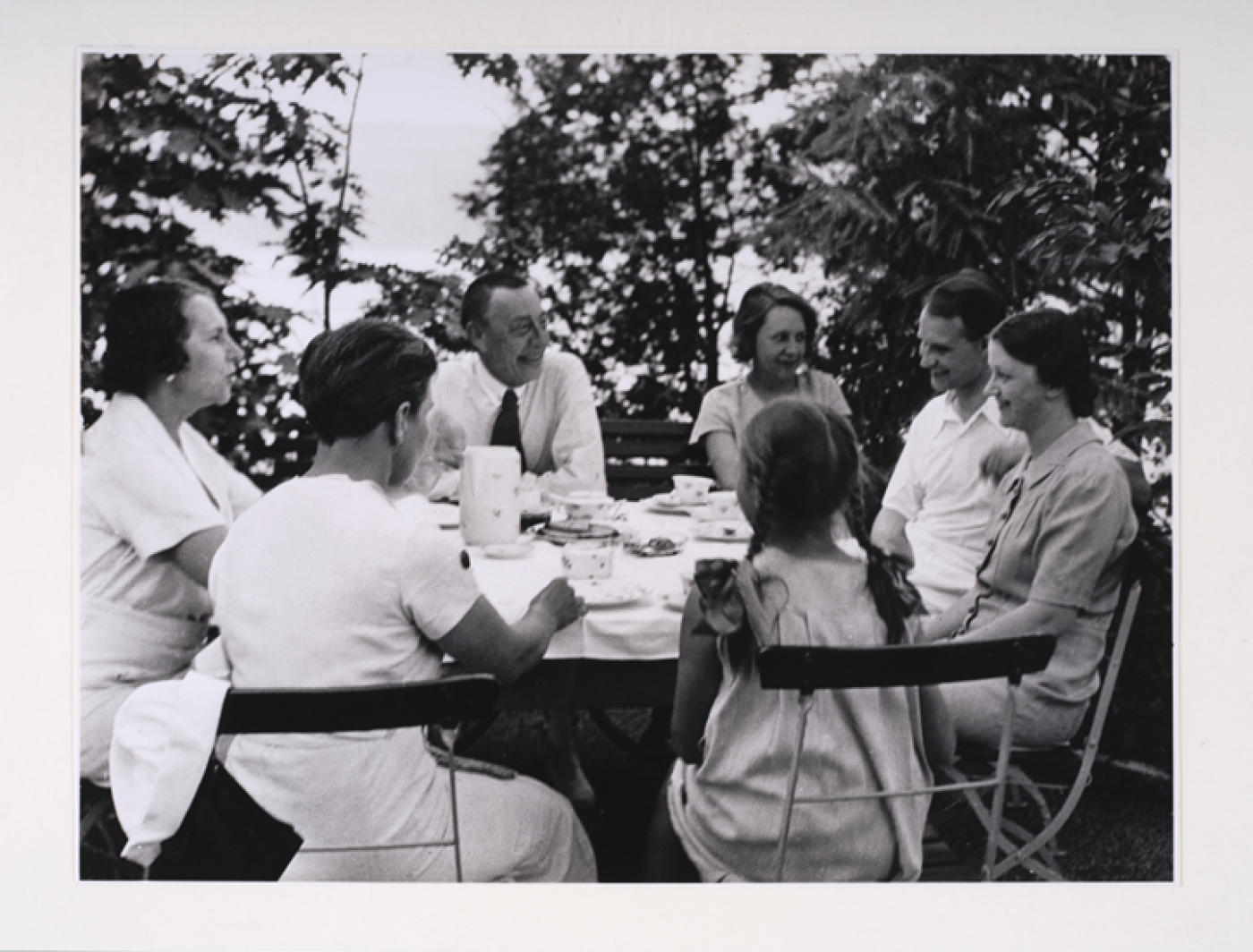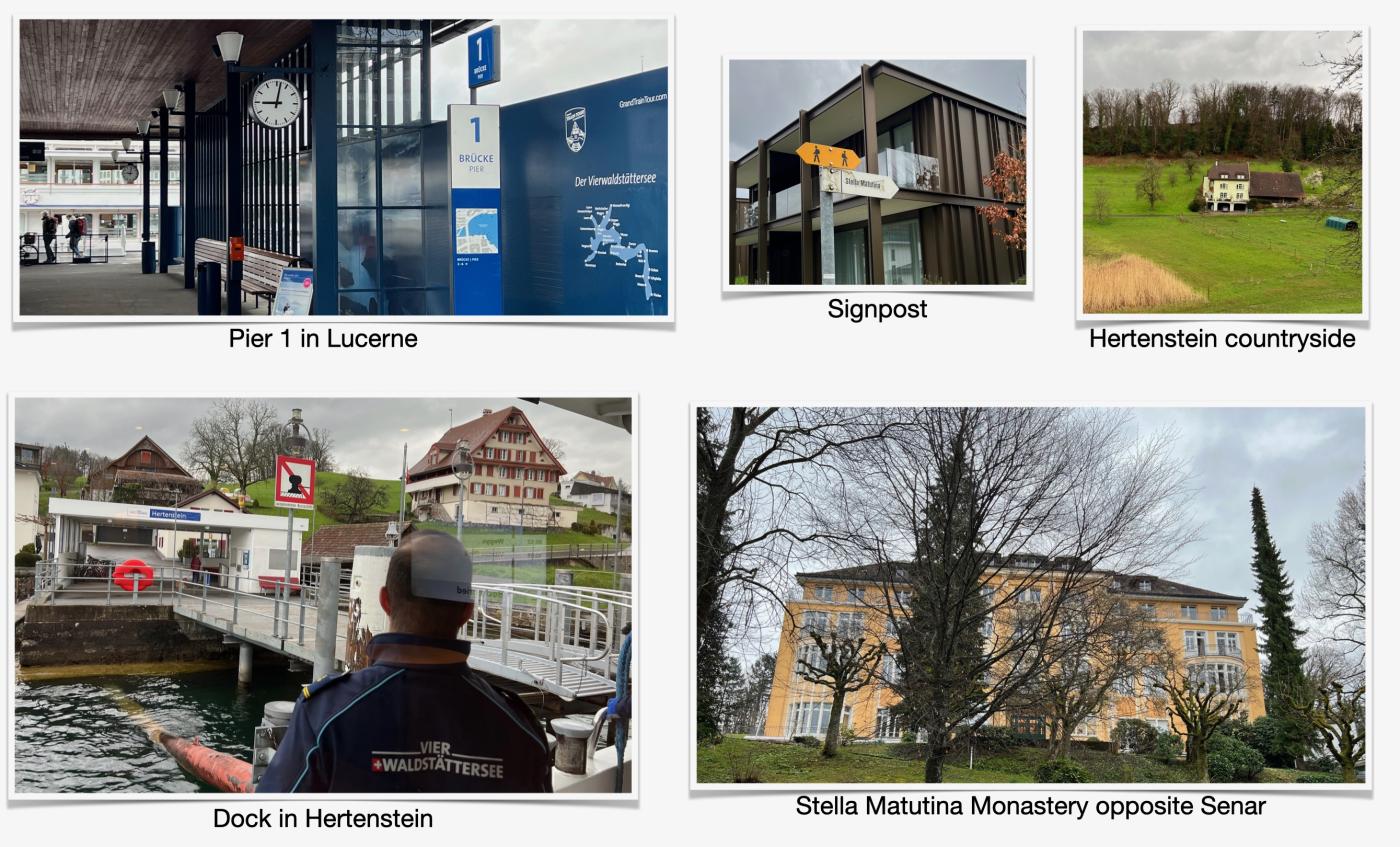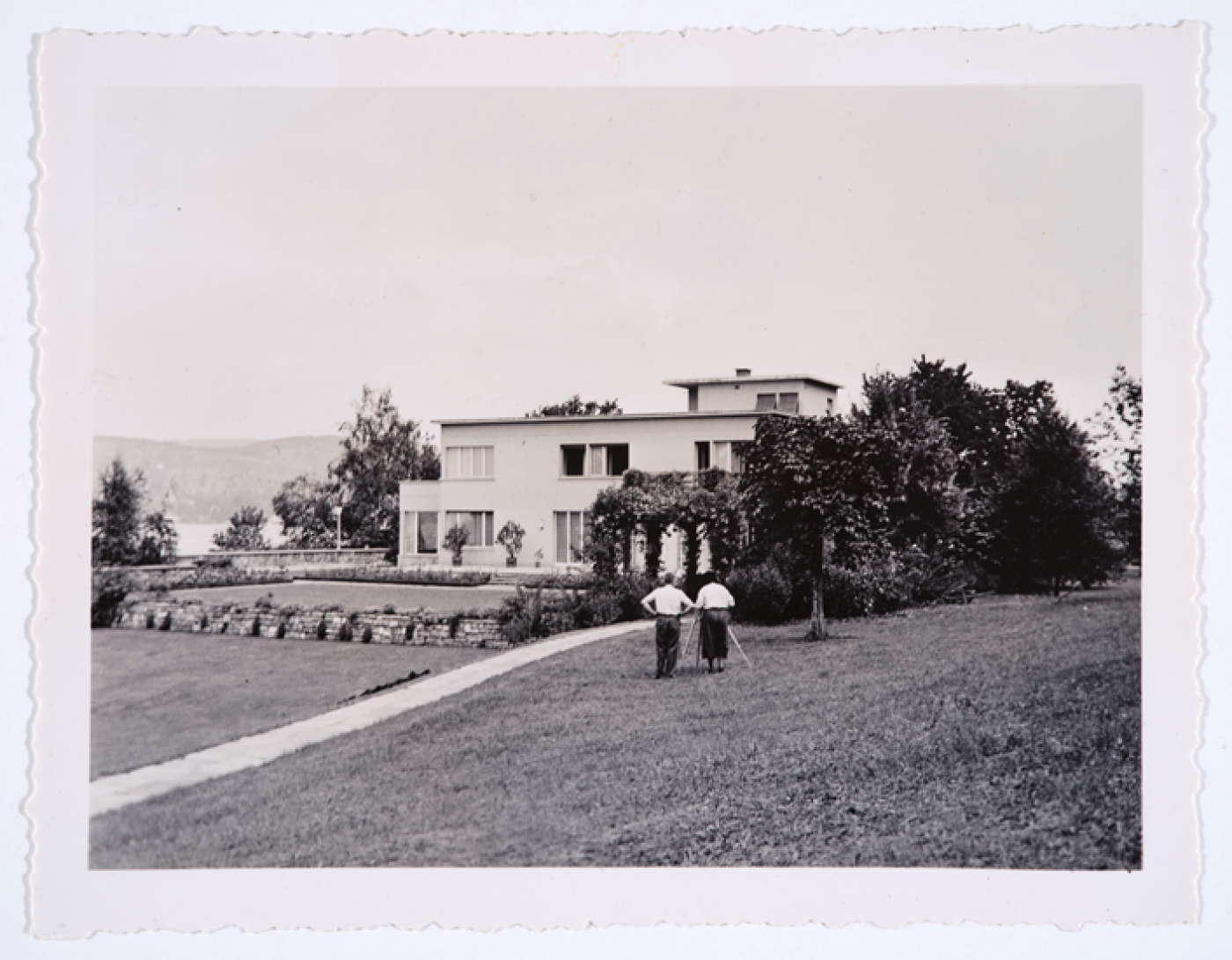Editor's Note: On PBS Great Performances: Now Hear This "Rachmaninoff Reborn", we follow Rachmaninoff’s journey from a Russian aristocrat to an American artist after the Bolshevik revolution. This episode will air Friday, April 25 at 9PM ET on WETA PBS and WETA Metro, livestreamed on WETA.org, the PBS App, YouTube TV, Hulu+ Live, and Local Now. It can also be streamed on-demand after the airdate on the PBS App.
Much of the episode features Rachmaninoff's personal retreat, Villa Senar. This special retreat is open to the public, accessible during public events (tickets required, available through the Serge Rachmaninoff Foundation website). The park is open to the public on sunny Sundays from June to September. Visitors are advised to check the website for latest updates.
Switzerland is known for its beautiful scenery, and one of the most stunning and easily accessible destinations is Lake Lucerne. A short train ride from Zurich airport shuttles you to the heart of the charming city of Lucerne, at the western tip of the lake, surrounded by the Alps.
Along with its historical interest and natural beauty, Lucerne is home to a staggering array of classical music offerings. Across the plaza from the train station is the KKL Luzern Center, where the famous Lucerne Festival is held several times each year, presenting the stars of classical music in an impressive modern venue overlooking the lake.
About 2 kilometers to the southeast is the Richard Wagner Museum, Tribschen, situated on the southern shore of Lake Lucerne. This is where Wagner completed Tristan und Isolde and Die Meistersinger von Nürnberg, and where the famous performance of Siegfried Idyll took place on the stairs of the villa on Christmas Day in 1870.
Further to the southeast – and in the neighboring canton of Nidwalden – is the home of the Bürgenstock Festival, where clarinetist and conductor Andreas Ottensamer organizes winter and summer concerts in a striking venue high above Lake Lucerne (also known as Vierwaldstättersee, Lake of the Four Cantons).
And on the northern shore of Lake Lucerne is a new destination for classical music enthusiasts: Villa Senar. It is here, below Mt. Rigi, that Sergei Rachmaninoff built his summer retreat in the 1930s. After decades in private hands following Rachmaninoff’s death in 1943, the property is now owned by the Canton of Lucerne and is open for public presentations for the first time.
A special place
One can visit many places where composers once lived, but this space is particularly special. It is here that Rachmaninoff created a haven for himself and his family.
Emphasis on created: Rachmaninoff selected the site, contracted the architects, oversaw the construction of the house, and contributed to the landscape design. Emphasis also on family, which is built into the name of the villa itself: SE for Sergei, NA for his wife, Natalia, and R for Rachmaninoff.
And it is in this beautiful, secluded setting that he resumed composing after a long hiatus.
Imagine: fleeing the 1917 Russian revolution with your family, developing your piano technique to concert pianist level in your mid-40s to make a living as a refugee, and performing fifty or more concerts across the US and Europe each year. These were grueling concert seasons, and the burden of practice and travel left little time for him to continue his work as a composer.
At Senar, he created a space reminiscent of his beloved Russian estate, Ivanovka, where he spent time with family and friends and conceived many of his greatest works. The result: Rhapsody on a Theme of Paganini (1934) and Symphony No. 3 (1936).
Restored and open to visitors
The restored Villa Senar was revealed to the world on Rachmaninoff’s birthday, April 1st, as part of this year’s Rachmaninoff 150 celebrations. I had the opportunity to visit a few days before, while the smell of fresh paint lingered inside. It’s quite a stunning place: situated on 4 acres just above the lake with beautiful landscaping and an extended rose garden complementing the modern Bauhaus-inspired house. The house's exterior has been restored to its original yellow-ochre color, a striking change from the white in many photos. Passing the adjacent gardener’s cottage, a short walk down to the lakefront leads to expansive views across the peninsula and ends at the boathouse that sheltered Rachmaninoff’s beloved speedboat.
The Canton of Lucerne owns and maintains the villa, but the Serge Rachmaninoff Foundation oversees the programming and events at the estate. Managing and Artistic Director Andrea Loetscher shared the plans for Villa Senar as we strolled the grounds and toured the house. Here’s a summary of what visitors can expect.
“The house hugs you”
It’s quite striking to move from the modernist exterior of Villa Senar to the warm, family-oriented interior with its traditional, old-style furnishings. As Ms. Loetscher notes:
“Rachmaninoff lived like a [combination] of modernism and tradition, and you feel this in his music. In his personality too. There is the visionary -- the boats, the cars, the horses, the modern house -- but then also the family things, the traditions he kept. This makes him so exciting as a personality.”
One imagines Rachmaninoff recreating the aura of his Russian estate, with the family room and dining room as the central elements with all the comforts and luxuries of home. He chose the muted colors of the walls and procured the furnishings from Lucerne furniture makers in the 1930s.
The other focal point of the house is Rachmaninoff’s study. It’s set three steps lower than the rest of the house, creating enhanced acoustics with its higher ceiling. The piano was a gift from the Steinway company for Rachmaninoff’s 60th birthday. It’s in excellent condition and has a rich, warm sound and a wonderfully responsive touch. The exceptional quality of this piano comes through even in this hastily recorded sample (embedded below) during my visit (Rachmaninoff Prélude, Op. 32 No. 12).
It is here in Rachmaninoff’s studio that the Rachmaninoff Foundation will present concerts for intimate audiences and facilitate proper recordings. Swiss pianist Francesco Piemontesi has already recorded in Rachmaninoff’s studio for Swiss television; in May, Lithuanian pianist Lukas Geniusas will perform and record the unabridged original edition of Rachmaninoff’s first sonata; and in August, three lucky pianists will participate in a masterclass with Daniil Trifonov at Rachmaninoff’s piano.
Experiencing Senar
Ms. Loetscher stresses that Villa Senar is not a museum. It is open only for concerts, pre-arranged tours, and special events. (As you’ll see below, one must carefully plan a visit to Senar.)
But she has creative ideas to give a taste of Senar through virtual reality. Starting with objects. Perhaps a spoon. “Watch the spoon [online], and with the spoon, we can show who was here, who ate here, which friends came over, like [pianist Vladimir] Horowitz. There are all of these letters in the archives. You can visit via this spoon, and you can see the letters confirming that Vladimir is coming.
“So, you’ll have this multi-sensory transmission of knowledge. Seeing how he lived, in a very personal way. He lived here; people would come here to his place. They were not coming to a concert hall. The house hugs you; that is the atmosphere we wish to transmit. Very down to earth, we drink tea together; we make jokes.”
Drinking tea together at Villa Senar is indeed possible, but it takes some planning. The estate is not open on a regular schedule. As Ms. Loetscher continues:
“It’s not a museum. It’s a house where we will have events and concerts -- also public tours on some Saturdays. There are also exclusive events for our partners. It will be a mixture of very public things – “Daisies” [a song by Rachmaninoff] in the rose garden, youth choirs, local music school visits, even a marching band parade in the park -- and more exclusive things.”
The Serge Rachmaninoff Foundation website is an excellent resource for planning a visit and learning more about the villa and its history. There you will find a calendar of upcoming events and information about arranging private gatherings at the villa.
Part of the planning involves getting there. There is no parking near Villa Senar, so public transportation is necessary. It consists in taking a 25-minute boat ride from Lucerne (from Pier 1, conveniently just across the plaza from the train station) to Hertenstein and then a pleasant 20-minute stroll through the countryside to reach the villa. (From the dock, follow signposts toward Stella Matutina; Senar is opposite this monastery.) If you make the journey when the estate is closed, you will only see its walls and gate, so planning is essential.
Archives
I’ve not yet mentioned another vital aspect of Senar. Since the villa was the Rachmaninoff family’s residence for several years, it held many artifacts. Thanks to the efforts of two dedicated and talented Rachmaninoff lovers from the Netherlands, many letters, documents, and other objects were carefully preserved during a seven-year period preceding the estate’s purchase by the Canton of Lucerne. These materials are now at the State Archive in Lucerne.
In a future article in this Rachmaninoff 150 series, I’ll share excerpts of my conversation with Elger Niels and Wouter de Voogd about their important work at Senar and exciting plans for their Rachmaninoff Network. As a sneak peek of their varied endeavors over the past few years, please enjoy this interview they recorded at Senar with pianist Yuja Wang and conductors Gianandrea Noseda and Antonio Pappano.
Learn more about the life and music of Rachmaninoff
Explore Rachmaninoff's Rhapsody on a Theme of Paganini
Explore Rachmaninoff's Piano Concerto No. 2
PBS PASSPORT
Stream tens of thousands of hours of your PBS and local favorites with WETA+ and PBS Passport whenever and wherever you want. Catch up on a single episode or binge-watch full seasons before they air on TV.
